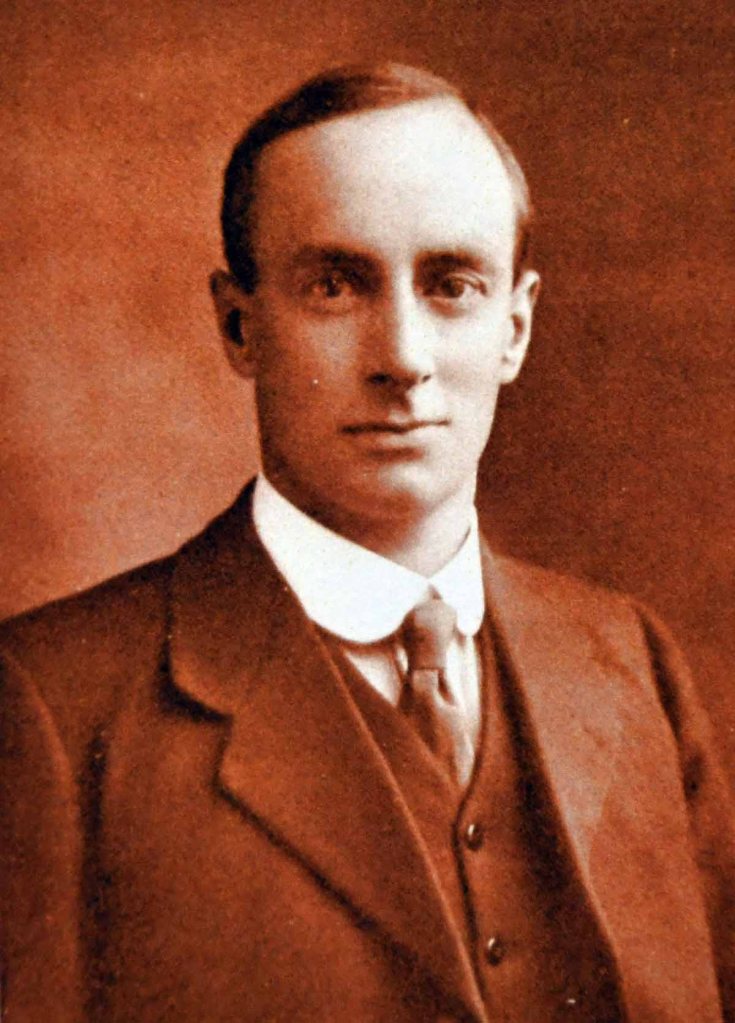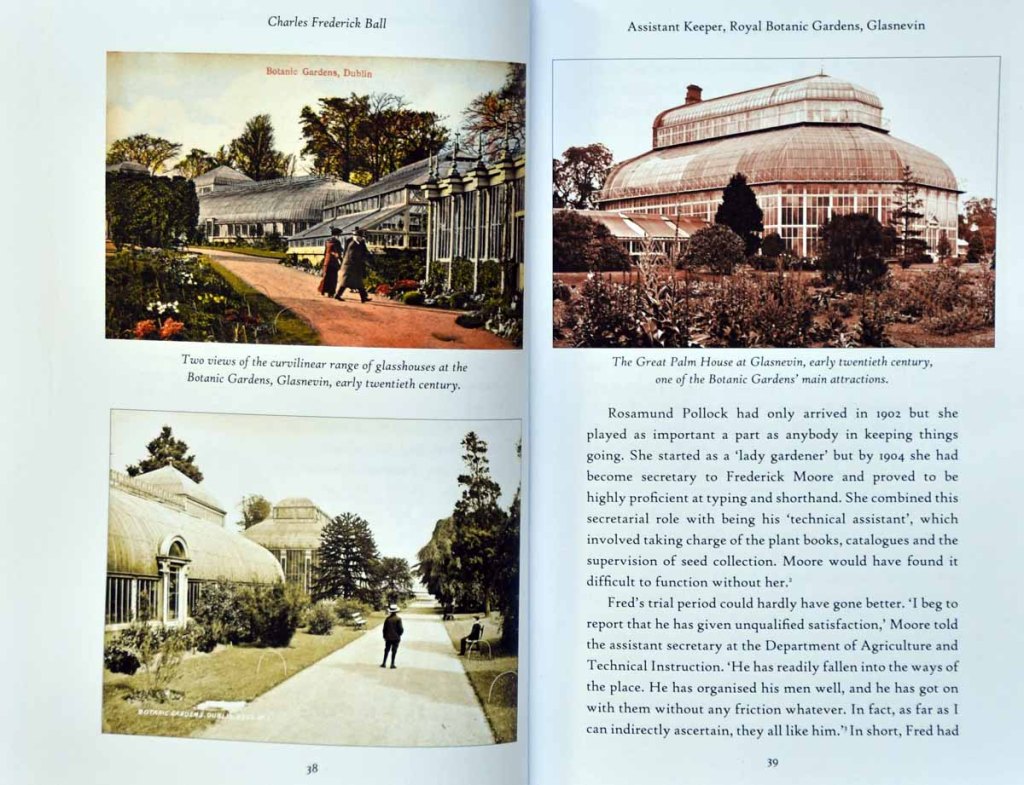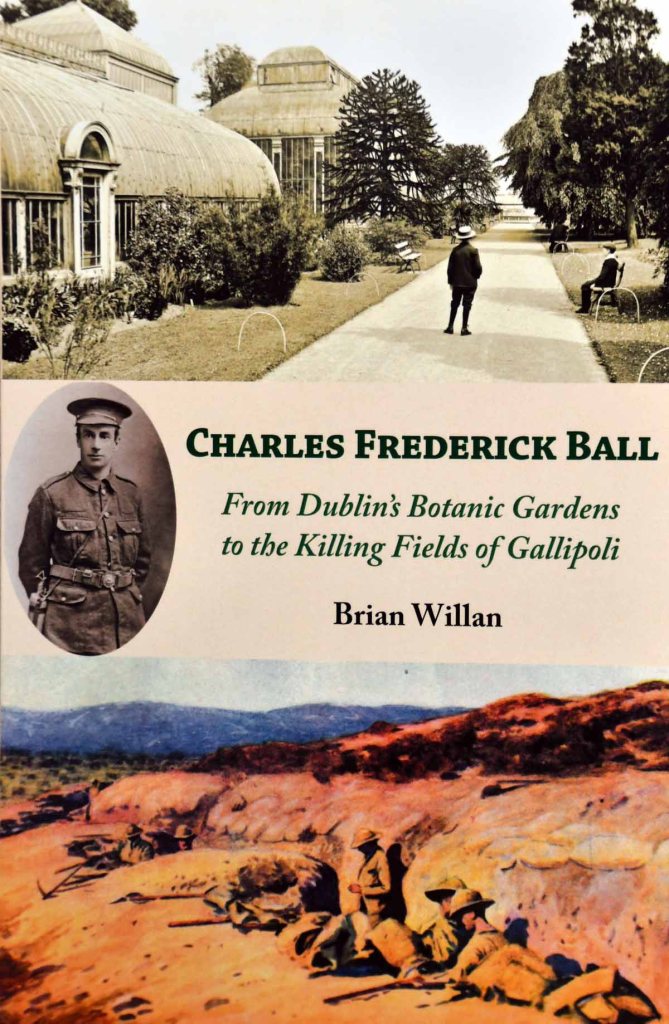Charles Frederick Ball

I have known of C.F. Ball for many years, through Wendy Walsh’s beautiful watercolour painting of the plant from the National Botanic Gardens, Glasnevin, named for him, Escallonia rubra ‘C.F. Ball’, from inclusion in Dr. E. Charles Nelson’s A Heritage of Beauty, a reference for plants of Irish heritage and by the planting of Escallonia rubra ‘C.F. Ball’ at The Irish National War Memorial Gardens near Dublin’s Phoenix Park by the Irish Garden Plant Society, of which I am a member, in 2016, a fond remembrance of the individual and of the many others who sacrificed their lives on our behalf.
This story began with a box of letter, photographs and keepsakes that Alice Lane , C.F. Ball’s widow, passed to her daughter and later passed to her grandson, Brian Willan. This prompted his research into the life of C.F. Ball and to his writing this wonderful book, a warm insight into the life of a man who was clearly admired and deeply loved by those who knew him, a man who had achieved greatly in his chosen career with obvious promise of greater achievements to come but whose life was tragically ended in the fighting at Gallipoli in the Great War.
The author traces his life story from his early years – education at Loughborough Grammar School followed by apprenticeships with William Barron & Sons and Peter Barr & Sons before training at Kew Gardens in London. There was a short period as proprietor of a nursery with his brother before a brief return to Kew and quickly on to the Royal Botanic Gardens in Dublin where he soon rose to the position of Assistant Keeper and there is no doubt he would have succeeded Sir Frederick Moore as Keeper of the Botanic Gardens.


In Dublin he engaged in the usual round of social activities – theatre, cinema, whist, tennis and cricket – and became very involved in the Dublin Naturalists’ Field Club, The Irish Gardeners’ Association and became editor of the monthly publication, Irish Gardening. He travelled to the continent in search of plant material, met with and corresponded with the great names in horticulture of the time and fell in love with Alice Lane. It was a wonderful happy and promising life and then it ended, “a life of achievement as well as promise…cut off in its prime”
Brian Willan has researched and recounted the life of C.F. Ball in a manner which gives us a great sense of the man and also of the times and of the tragedy of war. Rarely has Kipling’s phrase “Lest we forget” been better served than in this book.

[Charles Frederick Ball, From Dublin’s Botanic Gardens to the Killing Fields of Gallipoli, Brian Willan, The Liffey Press, 2022, Softback, 188 pages, ISBN: 978-1-7397892-0-6]
